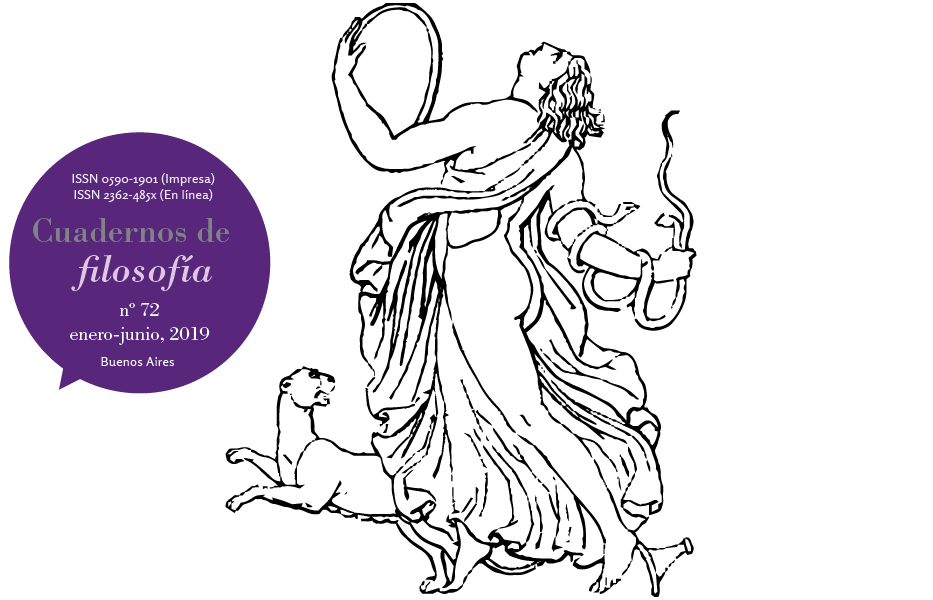Impersonal image and post-human nymph. Warburg’s “Nietzschean” readings
Abstract
This paper analyzes three interpretations of Warburghian thought that seek to re-think the elements that the immediate disciples of Warburg put aside in order to build an Iconology as a “ Humanistic S cience”: “Life” in the concept of “Nachleben”, “Pathos” i n the concept of “Pathosformel” and an interpretation of the nymph as an inhuman becoming of the female body. Firstly, it studies the Agambenian suggestions around the no n-dichotomous but polar character of pathos formula and its relationship with the images survival. This allows to think A rt as a “ way of making ” that preserves and transforms the non-subjective space of emotions into an impersonal experience. Secondly , the article examines Didi-Huberman’s considerations on the modes of existence (Lebensformen) involved in the survival of images, which is understood as an impure game of latencies and violence , far away from the Modern Aesthetics of taste. And, finally, through the reading of Paskaleva, we think the figure of the nymph not as an object of male desire but rather as an expression of a no-longer- human affectivity.Downloads
Los autores/as que publiquen en esta revista aceptan las siguientes condiciones:
Los/as autores/as [traductores/as] conservan los derechos de autor/a y ceden a la revista el derecho de la primera publicación, con el trabajo registrado con Licencia Creative Commons Atribución-NoComercial-CompartirIgual 4.0 Internacional, que permite a terceros utilizar lo publicado siempre que mencionen la autoría del trabajo y a la primera publicación en esta revista.
Los/as autores/as pueden realizar otros acuerdos contractuales independientes y adicionales para la distribución no exclusiva de la versión del artículo publicado en esta revista (p. ej., incluirlo en un repositorio institucional o publicarlo en un libro) siempre que indiquen claramente que el trabajo se publicó por primera vez en esta revista.
Se permite y recomienda a los/as autores/as a publicar su trabajo en Internet (por ejemplo en páginas institucionales o personales).
Políticas de detección de plagio
La colaboración de los y las editores/as, autores/as y evaluadores/as de esta revista y la guía de ética de los procesos editoriales se rige por los Principios de transparencia y buena práctica en publicaciones académicas del Committee on Publication Ethics (COPE) disponible aquí.
Todos los artículos enviados a esta publicación serán supervisados mediante una búsqueda online.







